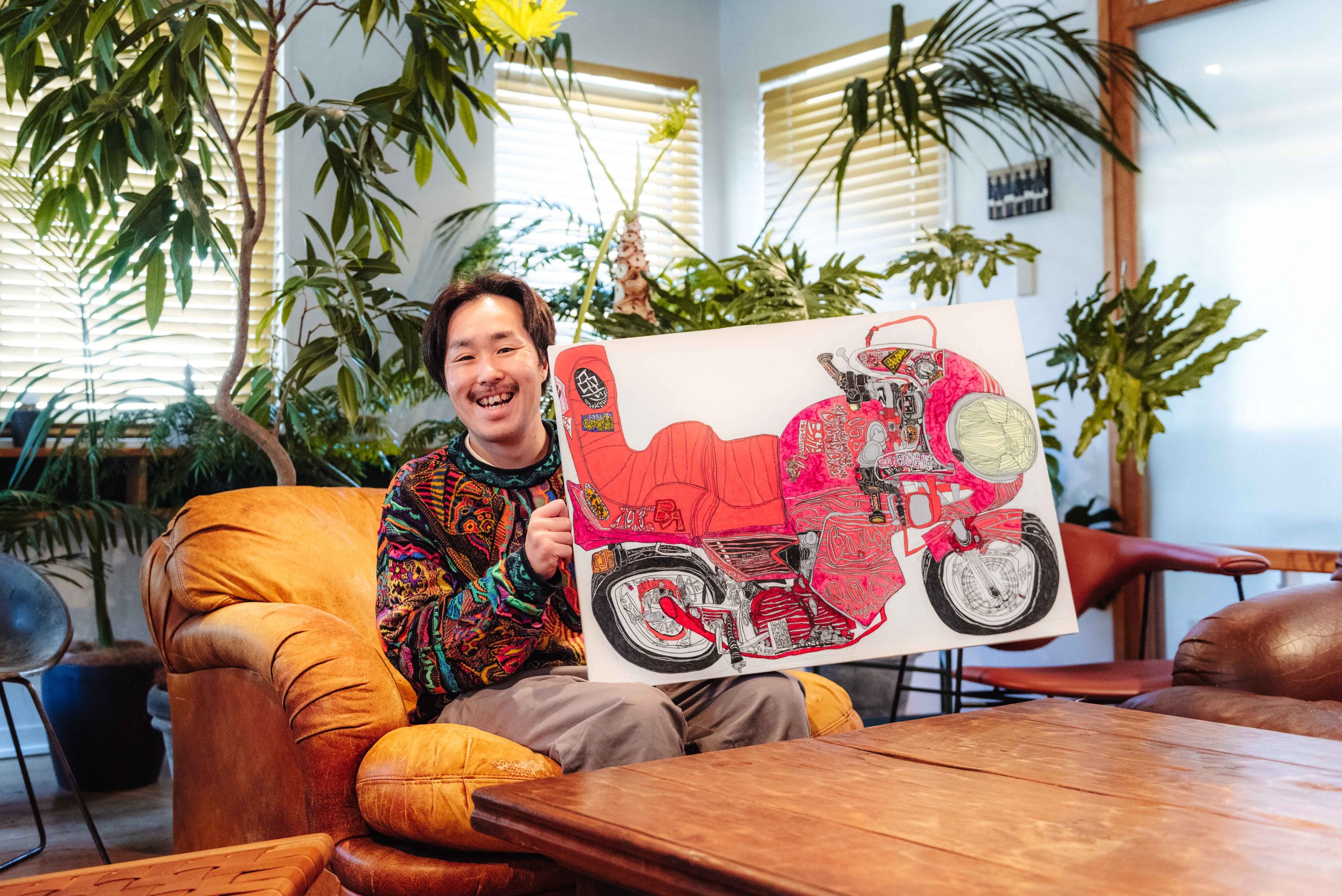The Wonderful, Useless World of the Hyperart Thomasson

On December 22nd, 1980, baseball player Gary Thomasson was purchased by Japan’s Yomiuri Giants from the Los Angeles Dodgers.
Apparently being the biggest contract ever signed for a player in the Nippon League, the team’s shareholders were no doubt dreaming of serious slugging and home runs galore, but things didn’t exactly go to plan.
After all the fanfare surrounding his signing, Thomasson didn’t hit a single ball—almost setting the record for the most strike-outs in a single season, before quickly being reduced to the role of a highly-paid professional bench-warmer.
His time in Japan would have been written off as a spectacular failure, except for one thing—thanks to his extremely sub-par performance, he helped name one of the most intriguing conceptual art movements of the last 50 years—a strange phenomenon known as Hyperart Thomasson.
At the same time when Gary Thomasson was missing pitches, artist Genpei Akasegawa and his students at the Biggako art school had been noticing curious architectural anomalies out on the streets of Tokyo.
Staircases led to brick walls… tunnels led trains under nothing but solid air… second storey doorways opened out to sheer drops. As the endless march of urban development chugged forth, some earlier features had remained, outmoded by the modern city.
Stripped of their original function, they were often still kept neat and tidy by locals, even if they served zero purpose. Like hapless slugger Gary Thomasson, these features were, as Akasegawa put it, “useless, yet still maintained.” When the time came to give them a name, Thomasson was an obvious choice.
By 1982, Akasegawa had been given a column in the legendary photo magazine Shashin Jidai devoted to documenting and discussing his findings. Whilst it’d be all too easy to be cynical or scathing about these Escher-esque displays of civic ineptitude, Akasegawa celebrated them for their weirdness.
His light-hearted, meandering tone went down a storm with the youth of Japan, and soon Genpei and his students weren’t the only ones looking for Thomassons, with readers invited to send in their own Thomassons. Their reward? The suitable useless prize of a zero-yen note.
As more and more variations were discovered, names were doled out. ‘Useless Staircases’ or ‘Useless Doorways’ sort of speak for themselves, but some were more convoluted. A wall marked with the shape of where a building once stood was ‘the A-Bomb type’, whilst blocked up windows sticking out from walls were known as ‘Castella’, after the blocky Japanese sponge-cake.
The award for the most inventive titled Thomasson would probably go to ‘the Abe Sada’—the stumped remains of cut down telephone poles which took their name from the Japanese prostitute who gained notoriety after chopping off her lover’s genitals in the 1930s.
Akasegawa’s magazine column tied in with a trend at the time for what was termed ‘Street Observation’—fuelled by the bubble economy and the rapidly changing face of metropolitan Japan, other artists of the day were investigating the overlooked aspects of the modern city.
Unlike highfalutin exhibitions, the basic ‘hyperart’ of street observation was open to all. Metropolitan elitism didn’t apply either, so even those in small towns or villages could take part—and the activity spread far beyond Tokyo, helped in parts by mentions in the first Patlabor film, and William Gibson’s 1993 novel Virtual Light.
By the late 90s, the so-called ‘Thomasson boom’ had wound down—but as with seemingly every niche past-time, the rise of high-speed internet and social media eventually helped to give it a second life.
Text by Sam Waller






